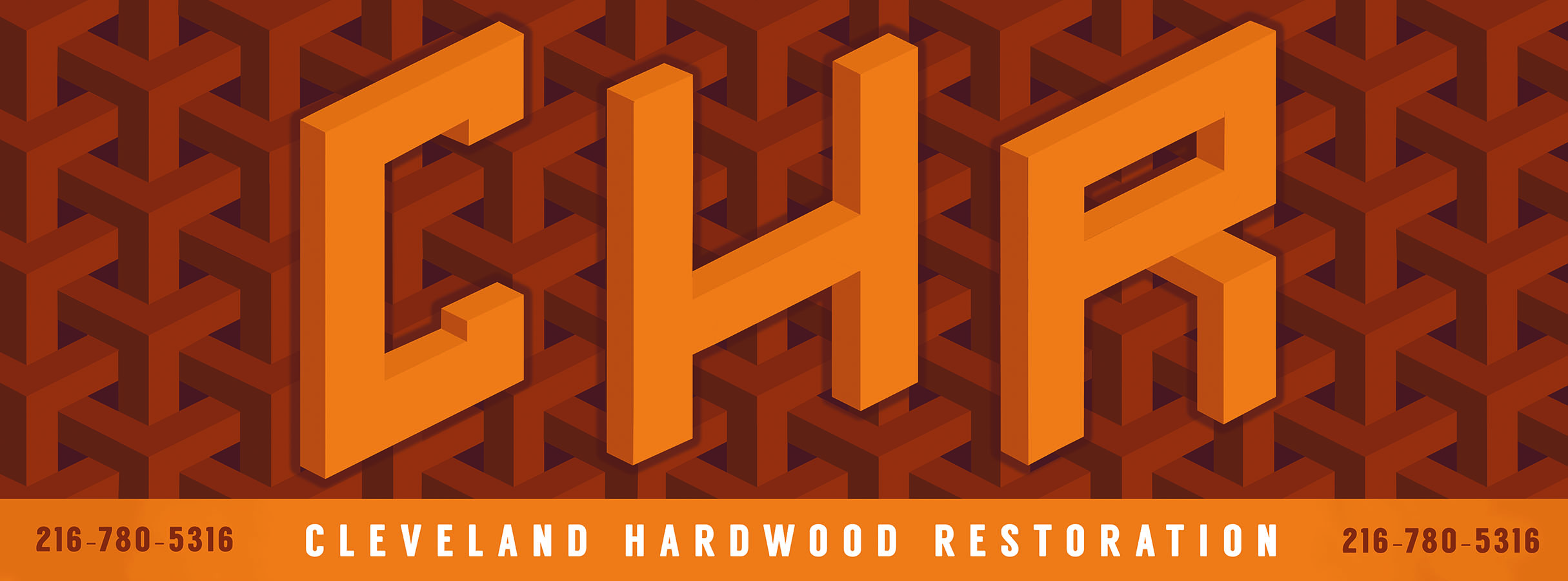- You are responsible for moving all of the furniture out of the designated areas. This includes stoves and refrigerators that are not built in (dishwashers rarely need to be removed). We do not move anything for any reason; we are not trained movers and our insurance does not cover damage to belongings or injury to technicians. Some companies offer this type of service and we do not care: it has never been something we are willing to take on. If you need a professional moving company, we are happy to recommend one; we do not endorse any company, we are simply just connecting you. You are welcome to find your own moving company that you are comfortable with, as well.
- In some circumstances, it’s necessary for us to remove doors or trim. This is not free, and the cost will be billed to you.
- We do not typically hang plastic because the machine dust collection tends to suck it into the machine. However, you can request that we plastic off what is applicable or you are welcome to do your own prep prior to our arrival.
- It is not an industry standard to tape off and protect your walls from dust, stain, or finish. Oftentimes, the adhesive on the tape, when it comes in contact with finishes, bonds to the paint and, upon removal, removes the paint. You must plan to have a painter come in to touch up your trim and/or walls upon completion: this is NOT included in your quote and is not our responsibility.
- Most people choose to vacate the home during the process: if you are uncomfortable with that, then you are of course welcome to be present. However, you are not welcome to watch us or help us: we appreciate your excitement about the project and your eagerness to assist, but we work best when undisturbed in our process. If you have a camera in your home, of course that is your right and we respect that, but we don’t like to be videotaped or photographed without our permission. You have hired us because you trust us as professionals and we need that autonomy to complete our work.
- We prefer being able to unlock and lock the home ourselves: there are circumstances in which we need to leave to go get supplies, get lunch, etc., and we do not want to leave your home or our supplies vulnerable. Please provide us with a temporary door code, garage code, temporary lockbox, or key.
If you don’t want your home on social media, please let us know. Most of our clients enjoy seeing it and are able to follow along with the process on our stories and posts. We respect your privacy and it is your right to decline. We will never publicly post your precise location, the front of your home, or the address.


 Kamm's Corners
Kamm's Corners